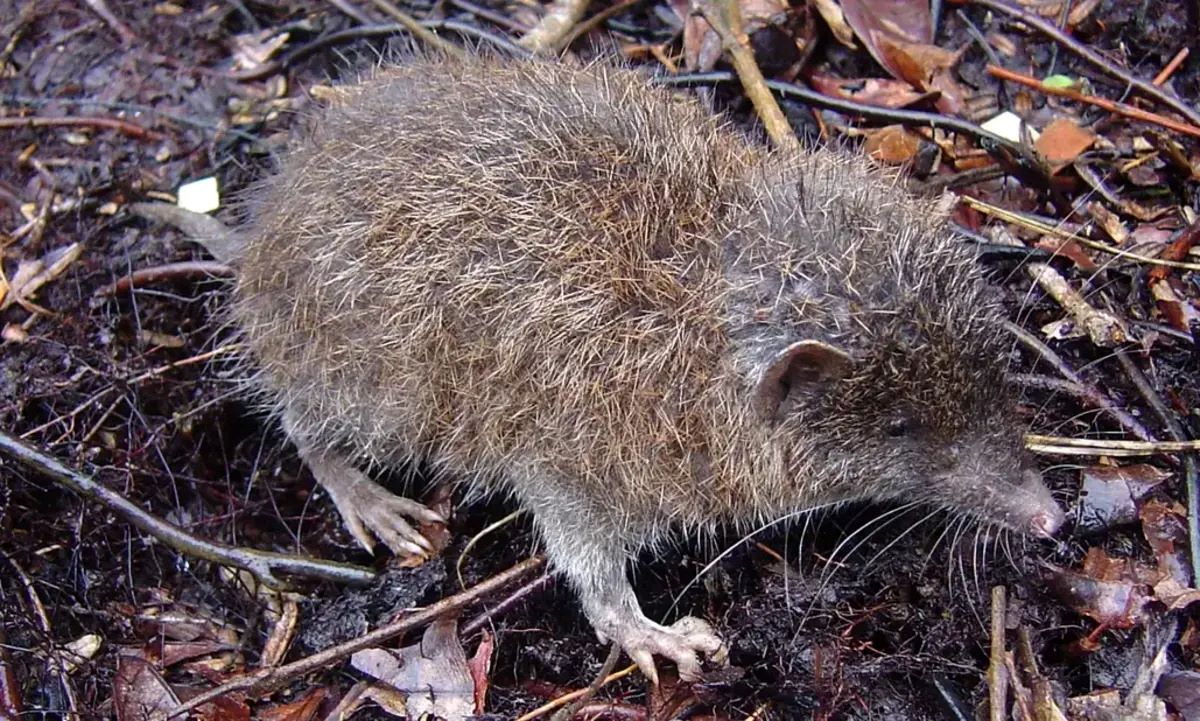
Did you know that cannibalism exists in the animal kingdom? It’s true! Many creatures, from insects to mammals, engage in this behavior for various reasons. Some do it for survival, others for dominance, and a few for reproductive success. Cannibal animals might sound like something out of a horror movie, but it’s a natural part of their world. This blog post will dive into 40 intriguing facts about these fascinating creatures. You’ll learn about the praying mantis, which often eats its mate, and the polar bear, which sometimes resorts to cannibalism due to harsh Arctic conditions. Get ready to be amazed by the wild world of animal cannibalism!
Key Takeaways:
- Cannibalism is a survival strategy for many animals, from insects to mammals, driven by factors like food scarcity and overcrowding. It's a natural behavior that helps maintain balance in their ecosystems.
- Insects, fish, birds, mammals, reptiles, and marine life all engage in cannibalism for various reasons, such as reducing competition, ensuring survival of the fittest, and maintaining colony or population health.
Cannibalism in the Animal Kingdom
Cannibalism might sound like something out of a horror movie, but in the animal kingdom, it's a survival strategy. From insects to mammals, many species engage in this behavior for various reasons. Let's dive into some fascinating facts about cannibal animals.
Insects and Arachnids
Insects and arachnids are some of the most notorious cannibals. Their small size and high reproductive rates make cannibalism a common occurrence.
- Praying mantises often eat their mates during or after mating. This behavior provides the female with extra nutrients to produce eggs.
- Black widow spiders are infamous for the female eating the male after mating. This act ensures the female has enough energy to care for her offspring.
- Ladybugs sometimes consume their own eggs or larvae, especially when food is scarce.
- Grasshoppers can turn cannibalistic during droughts or food shortages, eating weaker members of their group.
- Scorpions may eat their own young if they are stressed or lack food.
Fish and Amphibians
Fish and amphibians also exhibit cannibalistic behavior, often as a means of population control or survival.
- Tiger salamanders have larvae that will eat their siblings if food is limited.
- Guppies sometimes eat their own fry to reduce competition for resources.
- African clawed frogs are known to consume their own tadpoles in crowded environments.
- Sand tiger sharks practice intrauterine cannibalism, where the strongest embryo eats its siblings in the womb.
- Bullfrogs will eat smaller frogs, including their own kind, to reduce competition.
Birds
Cannibalism in birds is less common but does occur, usually driven by extreme conditions or stress.
- Seagulls have been observed eating the chicks of their own species when food is scarce.
- Chickens can turn cannibalistic in overcrowded conditions, pecking at and eating weaker birds.
- Eagles sometimes eat their own chicks if they are sick or weak, ensuring only the strongest survive.
- Pelicans may consume their own eggs or chicks if they feel threatened or stressed.
- Owls occasionally eat their siblings when food is limited, a behavior known as siblicide.
Mammals
Cannibalism among mammals is rare but does happen, often as a last resort for survival.
- Polar bears have been known to eat their own cubs during times of extreme food scarcity.
- Lions may kill and eat the cubs of rival males to bring the females back into estrus.
- Chimpanzees sometimes engage in cannibalism during territorial disputes, eating the infants of rival groups.
- Rats will eat their own young if they are stressed or lack food.
- Hamsters may consume their babies if they feel threatened or if the litter is too large to care for.
Reptiles
Reptiles, with their cold-blooded nature, also engage in cannibalism, often as a means of survival.
- Komodo dragons are known to eat their own young, which is why juveniles often live in trees to avoid being eaten.
- Crocodiles sometimes eat smaller or weaker members of their species, especially during droughts.
- Snakes like the king cobra will eat other snakes, including their own kind, to eliminate competition.
- Geckos may consume their own eggs or young if food is scarce.
- Turtles have been observed eating hatchlings, particularly in overcrowded environments.
Marine Life
The ocean is a vast and competitive environment where cannibalism is a survival strategy for many species.
- Octopuses are known to eat their own kind, especially during mating season.
- Crabs often consume their own young or weaker members of their species.
- Lobsters will eat each other if they are kept in close quarters without enough food.
- Sea stars sometimes eat their own kind, particularly when food is scarce.
- Squid engage in cannibalism during times of food shortage, eating smaller or weaker individuals.
Insects Revisited
Insects are such prolific cannibals that they deserve another look. Their behaviors are often driven by survival instincts.
- Ants will eat their own dead or injured to recycle nutrients back into the colony.
- Bees sometimes consume their own larvae if the hive is under threat or lacks resources.
- Termites practice cannibalism to maintain colony health, eating sick or dead members.
- Butterflies in their larval stage may eat their own eggshells or even other larvae.
- Cockroaches will eat each other when food is scarce, particularly in overcrowded conditions.
Amphibians Revisited
Amphibians also show a range of cannibalistic behaviors, often linked to environmental pressures.
- Newts may eat their own eggs or larvae if food is limited.
- Toads sometimes consume their own tadpoles to reduce competition for resources.
- Caecilians, a type of legless amphibian, will eat their own young under stress.
- Axolotls can turn cannibalistic in crowded environments, eating smaller or weaker individuals.
- Tree frogs occasionally eat their own eggs or tadpoles, particularly in dry conditions.
Nature's Dark Side
Cannibalism in the animal kingdom isn't just a gruesome curiosity. It's a survival strategy. From praying mantises to polar bears, many species resort to eating their own kind for various reasons. Sometimes it's about eliminating competition, other times it's about ensuring the survival of the fittest. Spiders and frogs often consume their mates or offspring, while sharks and alligators may eat their siblings. This behavior, while shocking to us, plays a crucial role in maintaining ecological balance. Understanding these facts helps us appreciate the complex and sometimes brutal world of nature. Next time you see a documentary or read about these creatures, you'll know there's more to their story than meets the eye. Nature, with all its beauty, also has a dark side that’s both fascinating and essential for the survival of many species.
Frequently Asked Questions
Was this page helpful?
Our commitment to delivering trustworthy and engaging content is at the heart of what we do. Each fact on our site is contributed by real users like you, bringing a wealth of diverse insights and information. To ensure the highest standards of accuracy and reliability, our dedicated editors meticulously review each submission. This process guarantees that the facts we share are not only fascinating but also credible. Trust in our commitment to quality and authenticity as you explore and learn with us.


